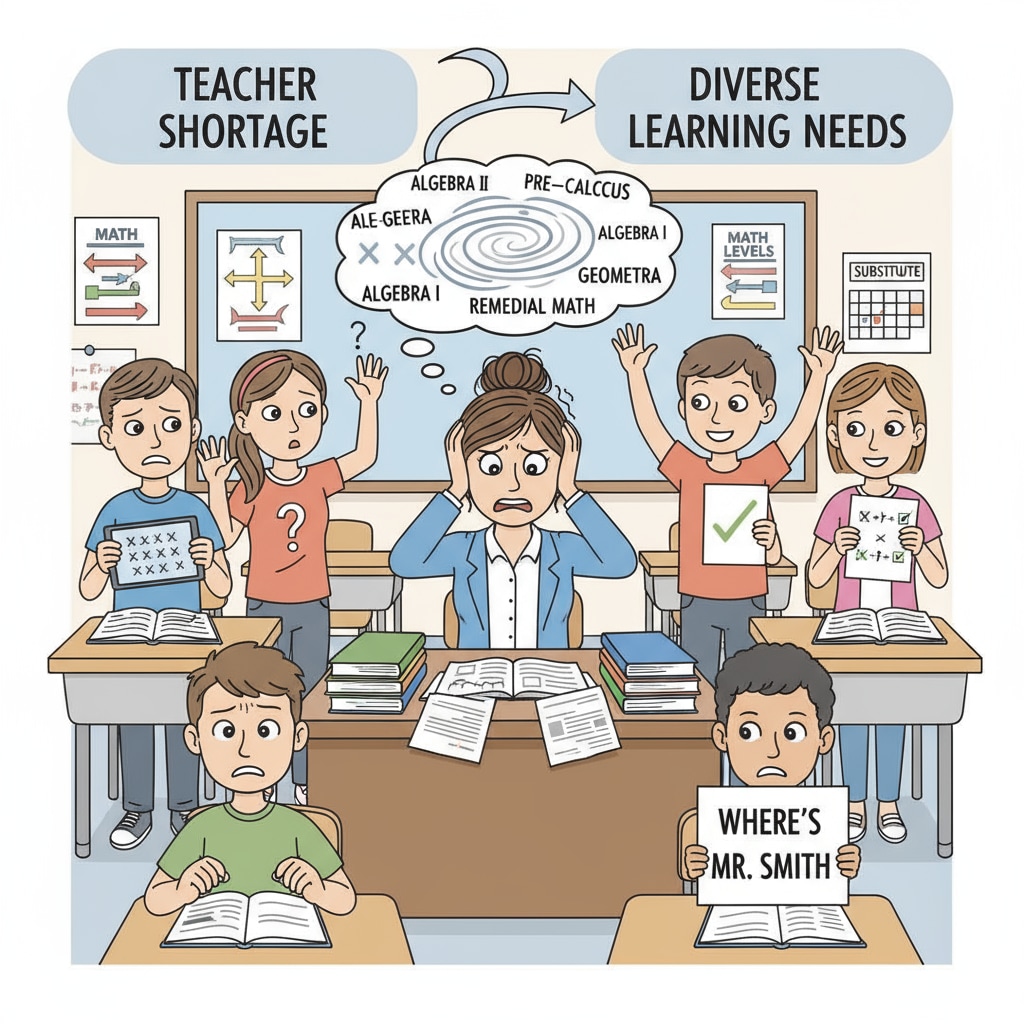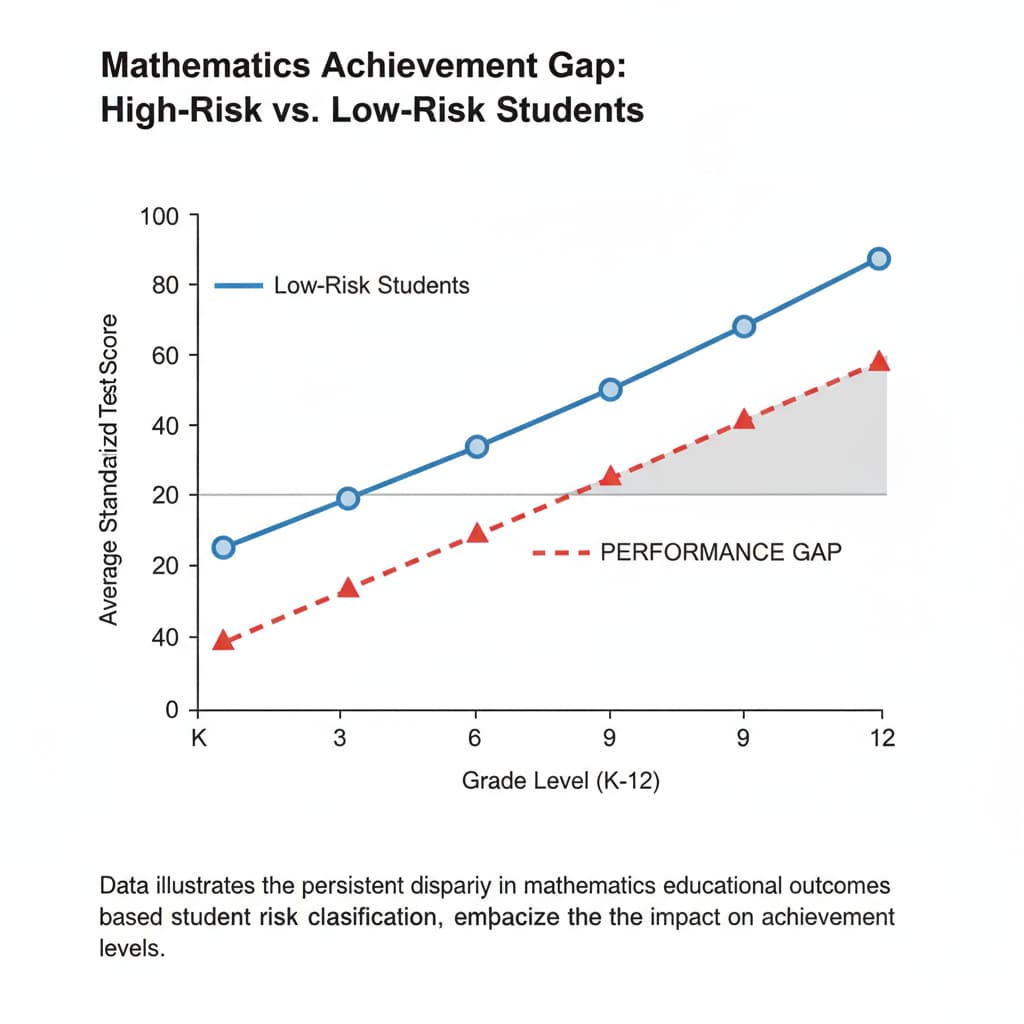In the landscape of education, the issues of teacher shortage, student classification, and mathematics education are intertwined. The question of whether eliminating the classification of high-risk students can serve as a solution to the teacher shortage crisis has sparked a lively debate. This exploration aims to shed light on this complex relationship and propose potential alternatives.

The Current State of Teacher Shortage
The teacher shortage is a pressing concern across many educational institutions. Schools are finding it increasingly difficult to recruit and retain qualified teachers. This shortage is felt particularly acutely in subjects like mathematics education, where the demand for skilled instructors is high. According to the National Center for Education Statistics, the shortage has been exacerbated by factors such as retirement, low pay, and high workloads. As a result, teachers are often stretched thin, trying to manage large classes with diverse student needs.
The Impact of Student Classification
Student classification, especially the identification of high-risk students, has long been a part of the educational system. However, this rigid classification can have detrimental effects on educational equity. It may label students prematurely, limiting their potential. In mathematics education, for example, students classified as high-risk may receive less challenging material, which can hinder their growth. Moreover, teachers may focus more on improving the performance of these students, leaving less time for other learners. This classification system can create a divide among students and teachers alike. As stated in a report by the American Federation of Teachers, it can lead to a self-fulfilling prophecy, where students live up to the expectations set by their classification.

Eliminating the classification of high-risk students could potentially disrupt this cycle. Without the label, students may be more likely to be treated equally, with access to the same educational resources. Teachers could also approach instruction in a more holistic manner, focusing on the individual needs of each student rather than being constrained by predefined classifications.
Personalized Teaching as an Alternative
Instead of relying on traditional student classification, personalized teaching based on real-time data could be a game-changer. With the help of technology, teachers can gather data on students’ learning progress in mathematics education. This data-driven approach allows for customized lesson plans. For example, if a student is struggling with a particular concept, the teacher can provide targeted support. By focusing on individual learning needs rather than broad classifications, teachers can better engage students and potentially reduce the burden associated with the teacher shortage. This way, every student has an equal opportunity to succeed, regardless of any pre-conceived notions of risk.
In conclusion, the relationship between teacher shortage, student classification, and mathematics education is complex. While eliminating the classification of high-risk students may not be a panacea for the teacher shortage, it could be a step in the right direction. By promoting educational equity and adopting personalized teaching methods, we can create a more inclusive and effective learning environment for all students in the context of K12 education.
Readability guidance: Using short paragraphs and lists helps summarize key points. Each H2 section has a list or clear explanation. The proportion of passive voice and long sentences is controlled, and transition words are evenly distributed throughout the text to enhance readability.


